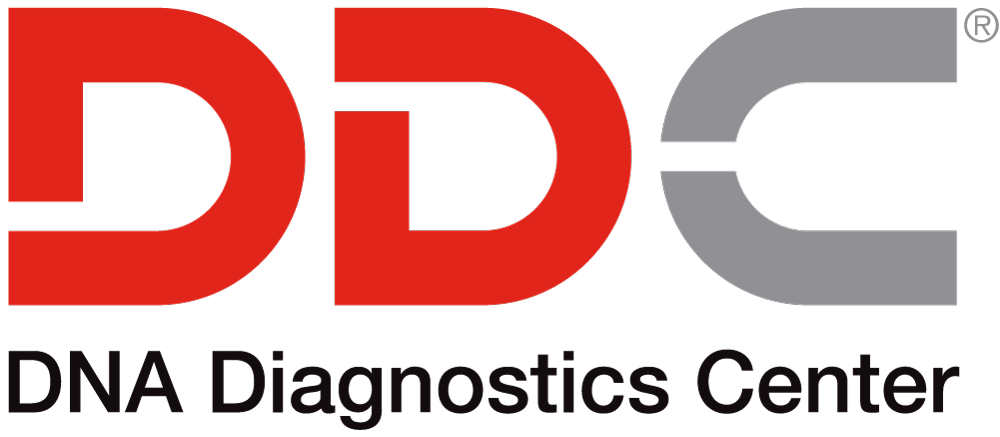OVTOBER 27, 2015
DNA Diagnostics Center Discovers Rare Chimera Paternity Case
DNA Diagnostics Center (DDC) was recently involved with a unique paternity case where the alleged father proved to be a chimera. A chimera is an individual whose tissues contain cells from a sibling due to a mixing of cells during gestation. Physical clues are often present, in the form of two-toned, patchy skin tones.
If two different eggs are fertilized with different sperm, and if each matures, they will ultimately produce twins. In a chimera, early in gestation the cells from one of the twins fuses with the growing cells of the other twin resulting in only one viable embryo going forward. This embryo contains cells from both twins in a single individual. Not all tissues will be chimeric. Those tissues that are chimeric will contain DNA from both of the twins while those tissues that are not chimeric will contain DNA from only one of the twins.
The occurrence of chimerism is difficult to determine since it does not lead to adverse medical conditions. It is likely that all of us have DNA in some of our cells that differ by a few DNA letters in the 3 billion that are present in each cell. It is only when a sufficient number of cells in the germ line tissue (those that make sperm or eggs) are chimeric that paternity or maternity results can be affected. DDC considers chimerism in testing and requests appropriate tissue samples to clarify those cases.
The chimera alleged father presented the first chimera case involving germ line tissue seen by DDC in its 20 years. The cells in the sperm producing tissue of the alleged father were chimeric while the cells from the inside of his cheek, which are typically used for paternity testing, were not chimeric. As a result, the person was excluded as the biological father of a child when his buccal cell DNA was used and included when his sperm cell DNA was used.
Although chimerism in paternity is rare, DDC does incorporate chimera detection in its paternity testing process. To learn more, see the DDC website (dnacenter.com) for the posters on this chimera paternity case, co-authored by Dr. Michael Baird, Chief Science Officer at DDC, and presented this year (2015) at the American Society of Human Genetics Annual Meeting in Baltimore and at the International Symposium on Human Identification held in Dallas.
About DNA Diagnostics Center (DDC)
DNA Diagnostic Center is the world leader in paternity and relationship testing. We serve healthcare professionals, government agencies, and individuals around the world to determine family relationships with trusted accuracy.
More Questions? Don’t hesitate to call us: we’re here to help!
CALL NOW




